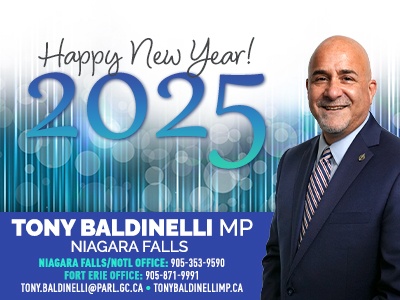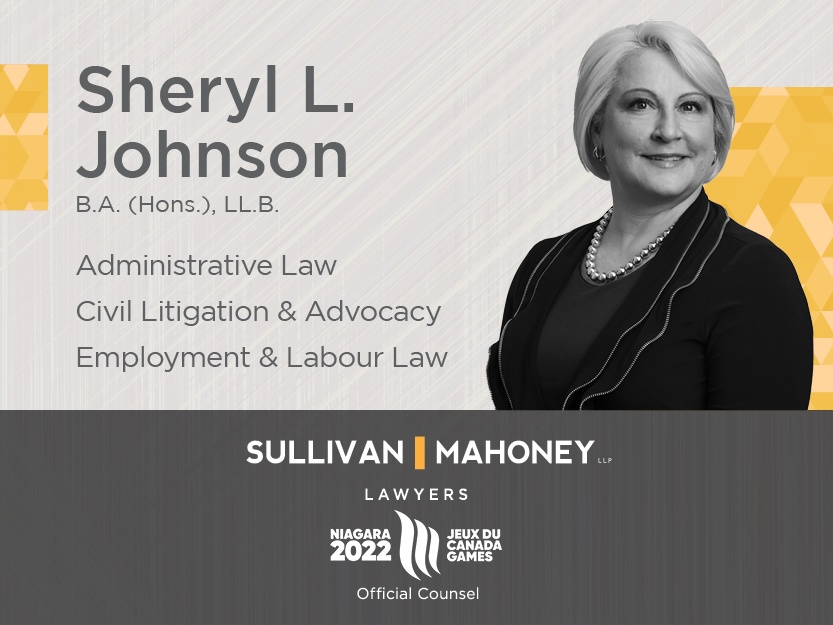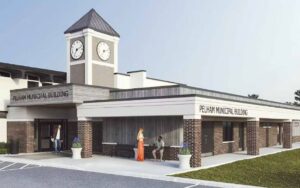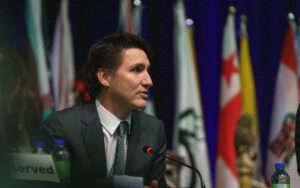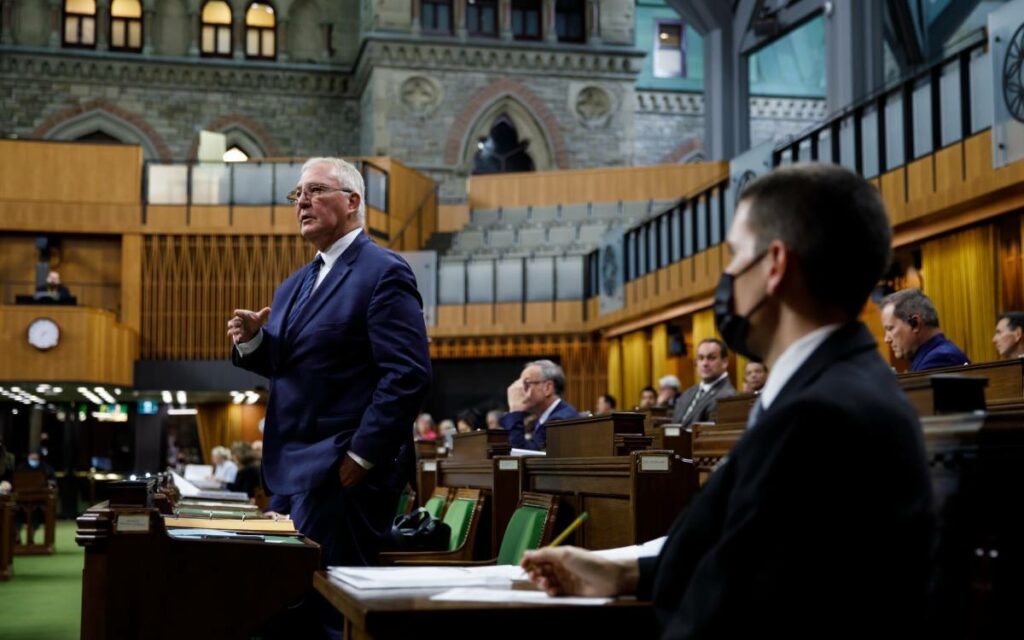
Minister of Public Safety Bill Blair speaks before the House of Commons, September 28, 2020. Blair is the federal government official responsible for control of Canada’s borders. Photo credit: Twitter/Bill Blair
Canadians have been patient – halting their spring breaks, cancelling their Christmas vacations, and not visiting their friends down south. After over a year, Canadians are tired of seeing their friends in the U.S. soaking in the sun while they are stuck with stringent lockdown rules. Several hints from the federal government, provincial reopening plans, and vaccine roll-out plans have Canadians wondering:
Are we opening up the borders soon? What will it take for one to be able to use their banked Airmiles points?
When pressed on what is required to open up the borders, Dr. Howard Njoo, Canada’s deputy chief public health officer, said that to lift travel restrictions, Canada must reach a level of herd immunity, and any changes should be linked to epidemiological circumstances.
As many provinces unveiled their reopening plans last week, Yukon is pioneering a path to normal by lifting travel restrictions for people both in and outside of the territory who can prove they have been fully vaccinated. If travellers are fully vaccinated and can prove their vaccination, they will no longer have to self-isolate upon arrival in the Yukon. However, it is essential to note that Yukon has the highest vaccination rate in the country – as of May 31, 2021, over 77 per cent of eligible Yukoners over age 12 have received at least one vaccination dose.
This brings us to the question at the forefront of our minds – what will it take to open the borders and resume vacations? Perhaps clarity is all Canadians are seeking. We’ve dropped the optimisms of asking for a date on border reopening, but the federal government should give hope and delineate the criteria necessary for travel.
The Canada-U.S. land crossings have been closed for non-essential travel since March 2020. The border closure has been extended until June 21, 2021. Yet Canadians are still left asking the question of what it will take for that border to reopen.
Politicians from both sides of the border are calling for a clear plan on the reopening – although it might be easy to simply delay the opening, a concrete plan is necessary. In a recent interview, New York Congressman Brian Higgins said he is looking for a bi-national plan on reopening the border.
Additionally, as vaccinations increase, many of Trudeau’s own caucus members are urging the PM to release a plan for the Canada-U.S. border. Liberal MP Wayne Easter said that Trudeau must lay out a border reopening plan, and he must do so shortly.
As we approach holidays such as Canada Day and Independence Day, both Canadians and Americans want to know whether they can reconnect with their loved ones across the bridge and celebrate together.
Mike Bradley, mayor of Sarnia, Ontario, recently urged the federal government to have a plan for the Canada-U.S. border reopening. He claimed that communities need to know the criteria so that they can better prepare for it.
Minister of Public Safety Bill Blair has been in discussions with city mayors and promised to provide an update shortly. However, mayors from all around Canada agree that the border closure has harmed the economy.
A bi-national agreement is necessary in order to tackle reopening safely and smartly. The damage caused by the border closure is too high to be able to ignore. Specifically looking at border cities such as Niagara Falls, they saw the most significant decline in employment in Ontario due to the loss in tourism and the financial impacts of businesses that rely on cross-border exchanges.
Canadians can’t afford another last-minute government decision with minimal notice. It is the mom-and-pop shops that are suffering the most – they’re the ones that need a reopening plan to have something to look forward to and to start assembling for their business to reopen. We’ve seen businesses struggle with last-minute closure/opening announcements, we’ve seen restaurants be short-staffed, and employers not ready to return to work with a 48-hour notice.
“A failure to plan is a plan for failure.”
Waiting for public health measures to improve before embarking on the process to plan reopening is a dangerous move and can come with various implications. Many stakeholders are calling on the American and Canadian governments to come together to devise a safe, strong, and clear reopening plan. A plan which will replace quarantine hotels with improved regulations, including faster vaccinations and heightened testing to reopen the economy and get Canadian businesses up and running again. Canadians expect and deserve a proper plan.


